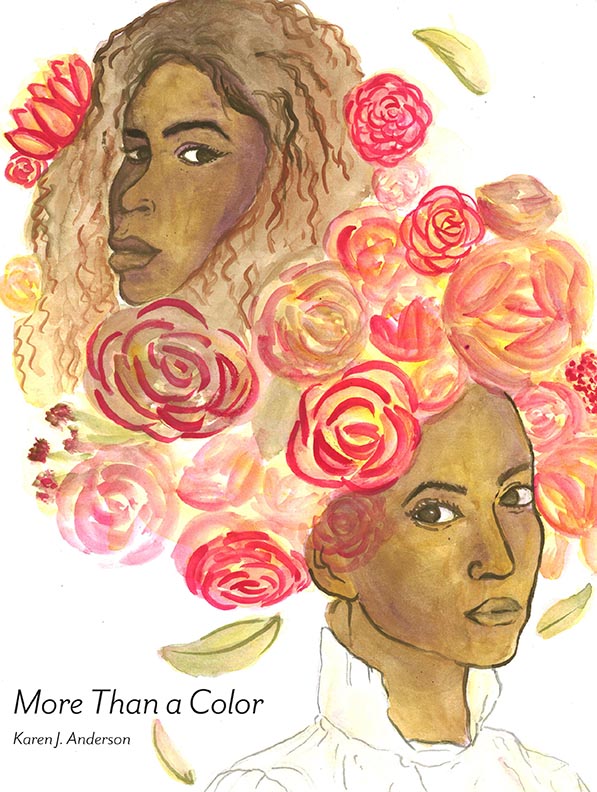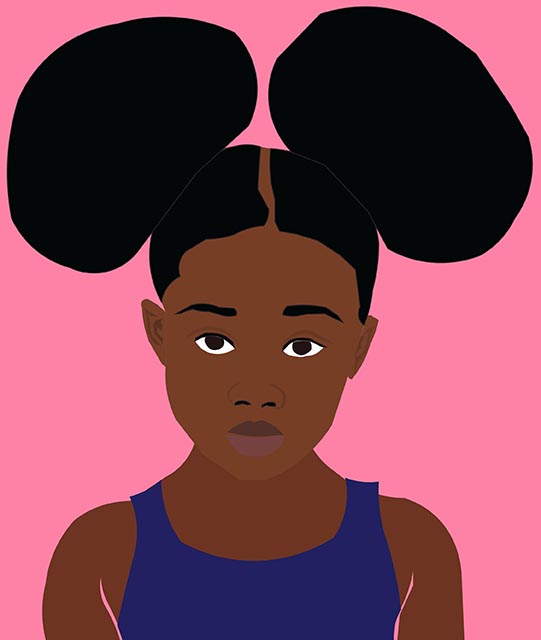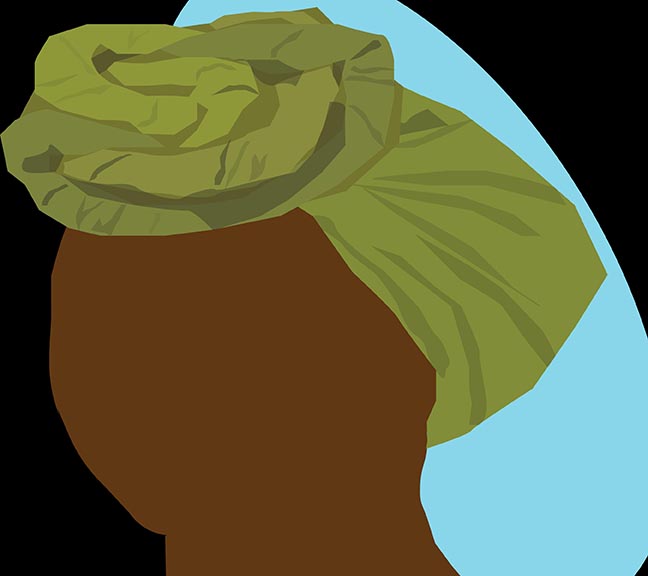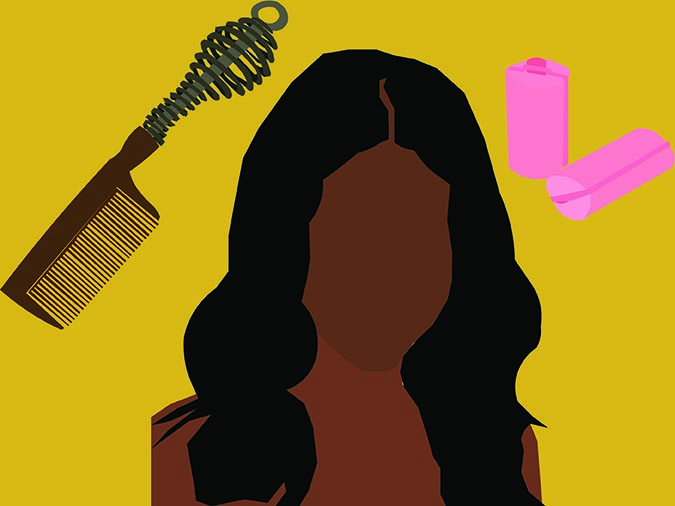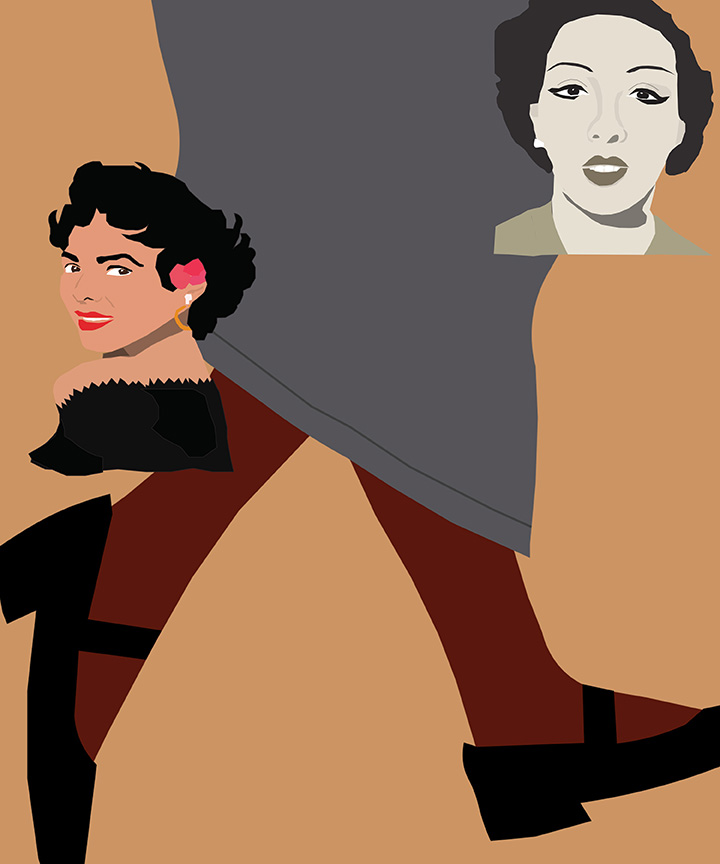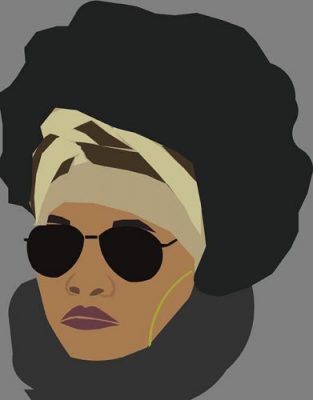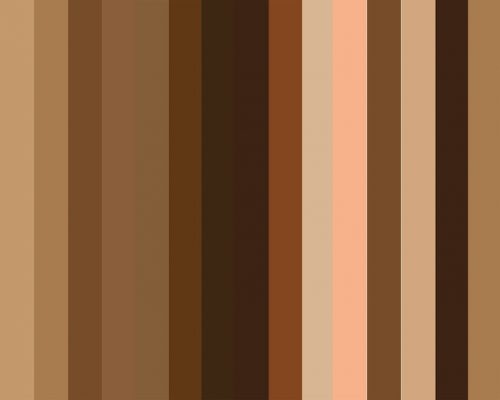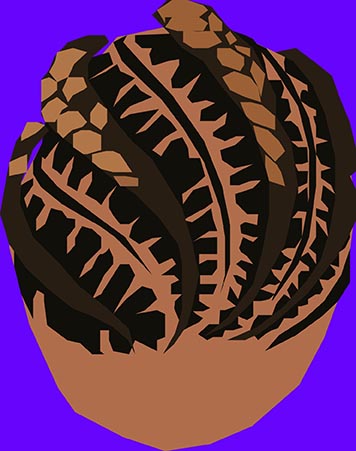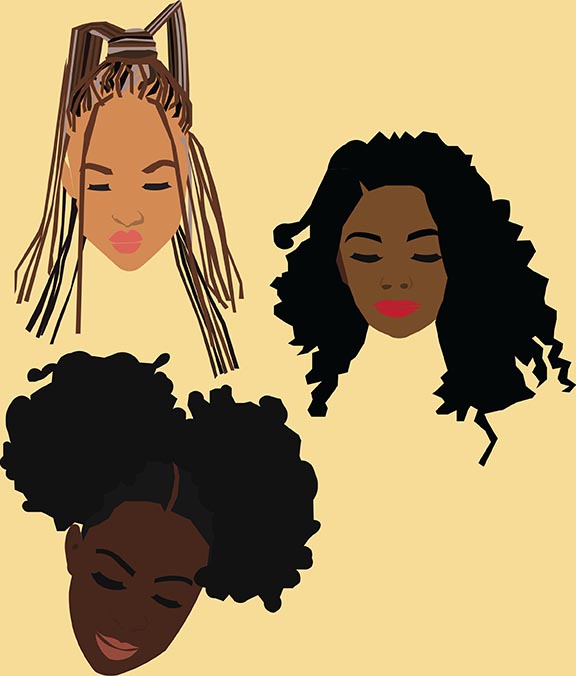INTRODUCTION
When I was about 7-years-old and my sister was 5, I remember leading her down our dirt streets to the pave cement of Rosedale in Fort Worth, Texas during the mid-1970s, which seemed to me like a big highway. We would watch for oncoming cars and when it was clear would run across as fast as we could. Then we went down the hill past old shack houses, empty rundown buildings and Reverend Ranger’s large church building. Then we went up another hill pass more rundown houses to Miss Ofelia’s beauty shop, which was an old smoke-filled shack cluttered with all kinds of things.
Miss Ofelia, a thin little black woman, had one chair in the room, but you couldn’t see anything from the smoke of the cigarette hanging from her lip and smoke coming from the hot comb in her hand. Sometimes there would be other ladies there so we would play outside until she was ready to do our hair. Sometimes we would have to sit in there and talk to her which was almost as painful as getting our hair done.
Most of the time all she had to do was press it, because Mom would wash our hair and send us to get a good firm pressing for Easter or Christmas or some occasion. Live flames would heat the comb that would straighten young heads with a sizzle with an occasional ear or neck getting burned.
“Are you tender headed?” Miss Ofelia would ask my sister.
Her painfilled face was a yes as the older woman pulled the hot comb sizzling and crackling through my sister’s hair.
So we learned very young that beauty was associated with pain. This story will examine the beauty and pain surrounding African American images in the media.
Many young African American girls learned this process in the name of beauty, respectability and uplifting the race. Over and over history tells the story of African Americans believing that how they look to others will determine how they are treated. And to some extent it is true.
Traditionally, beauty is the qualities of something, shape, color or form that pleases the senses, especially sight. Africans brought to the new world had to define and redefine their view of what was beautiful because of the restrictions they constantly had to endure. They couldn’t wear the clothes that were beautiful, they couldn’t wear their hair in a beautiful manner, they couldn’t even clean themselves. So this idea was something that developed over time using what was available.
Blain Roberts wrote that blackness was more than just the opposite of whiteness. It represented the negative qualities associated with civilization, morality, and beauty. (page 3-4, Pageants, Parlors and Pretty Women, Blain Roberts) African slaves were behind the eight ball, so to speak, as they were the opposite of beautiful.
This theory persisted for centuries. In Margo Jefferson’s Negroland, she describes a standard for beauty for African Americans in the 1950s that was quantifiable. Even though women could not control things like their skin color or the grade of their hair, how you looked determined everything about your life. If a woman had a skin tone between beige and honey with “decent to good hair” they would find themselves attractive. “Dark skin often suggests aggressive, indiscriminate sexual readiness. At the very least it calls attention to your race and can incite demeaning associations.”
Jefferson goes on to explain that nappy hair, curly kinky hair that is tightly coiled, required heavy cream and a hot comb to manage. Because of this strenuous process the hair seldom grew passed the neck or shoulders.
This hot comb and skin lightning cream helped African American women take on some of the aesthetics of Anglo women. Was this enough to help others see the beauty in them and appreciate what they really brought to the table?
